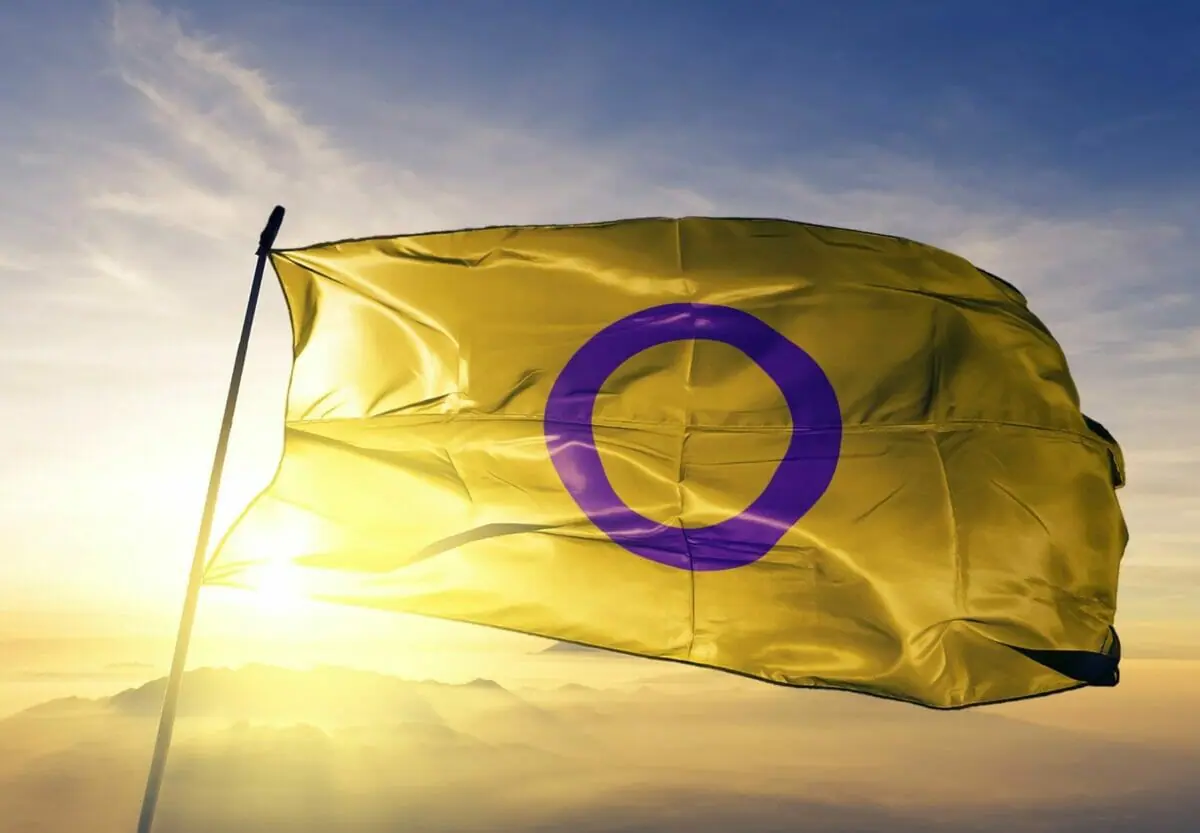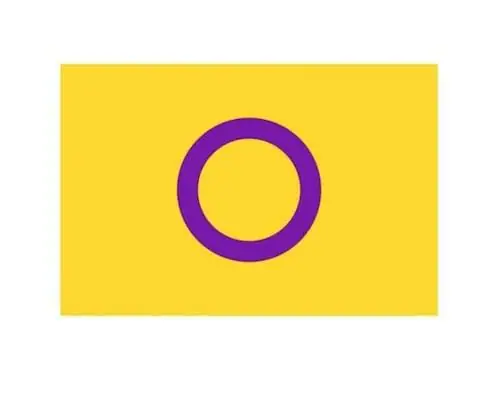While many of us are now familiar with the famous rainbow flag, there are also other LGBQT+ flags that each represent the different sex, sexuality, attraction, and gender diversities within our fabulous community.
Even if most queer people identify with the rainbow flag itself, many also desire to fly their own particular flag alongside it. Because, y’all, representation is crucial!
One such flag is the Intersex Pride Flag – a flag you might already have seen flown at any number of pride festivals around the world, from Vancouver to Maspalomas…and everywhere in between!
Intersex is a term that may be used to describe a person with both male and female sex characteristics at birth. Many individuals born have several sex characteristics, including chromosome patterns, gonads, or genitals that, according to the Office of the United Nations High Commissioner for Human Rights, “do not fit typical binary notions of male or female bodies.”
It is estimated that around 1.7% of the population is born with intersex traits – analogous to the number of people born with red hair. Notwithstanding how common this is, the word intersex is still generally misunderstood, and intersex people are massively underrepresented.
The most commonly used intersex pride flag is designed with a yellow background and a purple circle at the center. In 2013 Morgan Carpenter of Intersex Human Rights Australia chose yellow and purple to represent the intersex flag because none of these colors represent the traditional constructs of binary identities (male and female).
The circle is the intersex flag is also described by Morgan as “unbroken and unornamented, symbolizing wholeness and completeness, and our potentialities. We are still fighting for bodily autonomy and genital integrity, and this symbolizes the right to be who and how we want to be”. It is not used, as often thought, to represent the differences in sexual and gender identities that members of the community experience.
However, it is important to note that not all members of the intersex community have embraced this intersex flag. Some of them will not identify with what it represents. As a result, there have been many changes to the intersex flag over the years, with many other flags being used concurrently. However, this is the most widely recognized.
We just love how the circle at the center of the intersex flag reminds us that intersex people are whole and that intersex people are perfect the way they choose to be, regardless of pseudoscientific claims or social norms.




